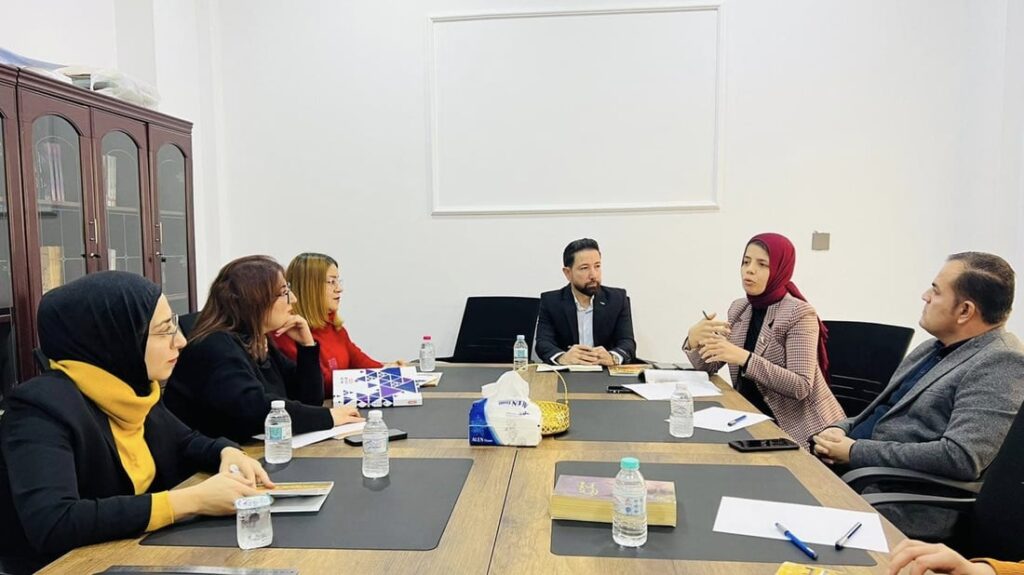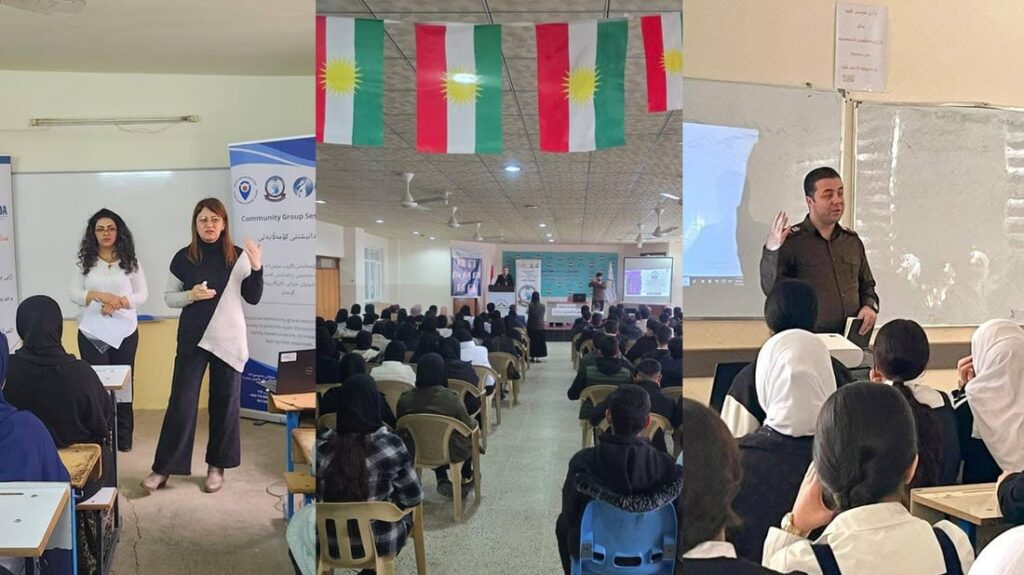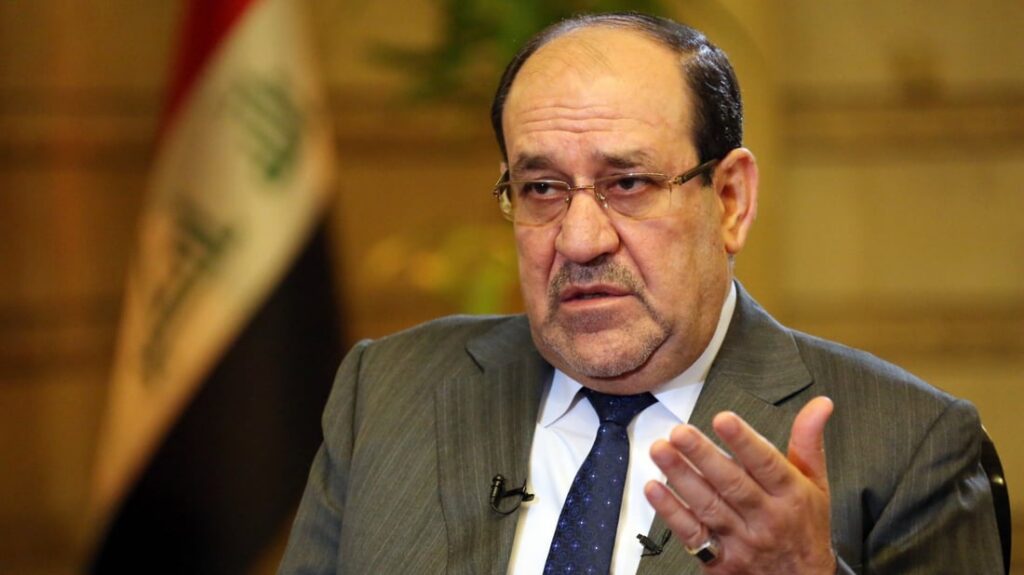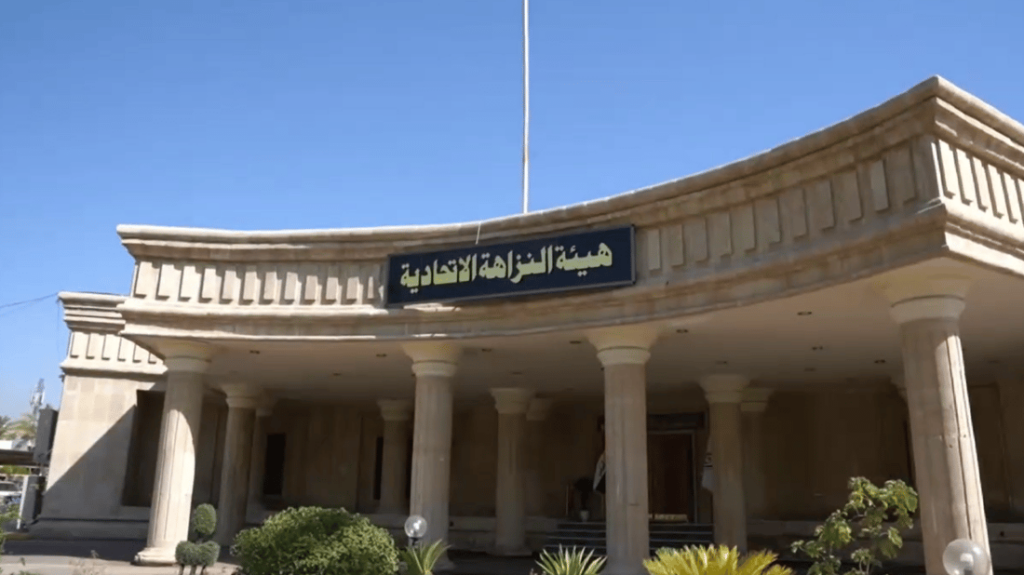Iraq: Iraq: Humanitarian Needs Overview 2020 (November 2019)
Executive summary
The situation in Iraq remains unstable with widespread humanitarian concerns. Years of conflict uprooted millions of people, eroded social cohesion, disrupted access to basic services, destroyed livelihoods and led to increased protection risks. With weak central governance and limited progress towards recovery and development, the situation has become protracted and millions of people across Iraq remain in need of humanitarian assistance.
In 2020, Iraq is simultaneously categorized as an upper middle-income country and one that INFORM’s Global Risk Index labels as “very high risk” of a humanitarian crisis. More than two years after Iraq’s military operations against the Islamic State of Iraq and the Levant (ISIL) ended, social, ethnic and sectarian tensions persist on multiple fronts. Political uncertainty and natural disasters continue to intensify humanitarian needs. In October 2019, protests against the recently-elected federal government erupted in Baghdad and other governorates, threatening the fledgling stability and narrowing the national focus. Also in October, a military offensive by Turkey against Kurdish forces in north-east Syria increased insecurity and uncertainty on Iraq’s western and northern borders and created an influx of Syrian refugees.
The most vulnerable people in Iraq and those in acute need of humanitarian assistance are those directly affected by the 2014-2017 conflict against ISIL, particularly those who were displaced and whose lives and livelihoods were uprooted and destroyed. In August 2019, the Government of Iraq consolidated and closed a number of IDP camps, with a stated goal of all IDPs returning home by the end of 2020. The humanitarian community in Iraq supports voluntary, dignified, informed and sustainable returns and will continue to encourage and facilitate returns in line with the agreed Principled Framework for Returns, and to support government and development partners in identifying durable solutions in areas of origin with high severity for those who wish to return.
IDPs are increasingly moving to non-camp locations or returning to their areas of origin, with unsuccessful attempts at the latter increasingly leading to the former. The needs both of returnees in areas of origin, and out-of-camp IDPs in need of assistance (mostly in areas in northern and central Iraq), are particularly severe. Ninetythree per cent of districts in northern and central Iraq report access constrains including, but not limited to, intimidation, presence of armed actors, checkpoint issues, explosive ordnance, and bureaucratic and administrative restrictions.
Scope of Analysis
The humanitarian landscape in 2019 was characterized by a postconflict environment witnessing very slow returns and unaddressed stabilization and development needs. The 2019 Multi-Cluster Needs Assessments were conducted in two thirds of districts nationally and with all affected population groups. Significant population movements took place in the latter half of 2019 with government-initiated camp closures resulting in significant reductions in in-camp populations, considerable increases in out-of-camp displaced populations and returnees, and movements of people between governorates.
Humanitarian Consequences
The impact of the conflict continues to affect the physical and mental well-being, living standards, and capacity for resilience and recovery of millions of Iraqis. Exposure to violence and explosive ordnance resulted in many people sustaining physical and psychological injuries. Vulnerable people, including people with perceived affiliation to extremists, are among the most in need of assistance and at risk of rights violations. Considerable secondary displacement has been caused by forced and premature returns and forced or coerced departures from camps and informal settlements in Ninewa, Salah AlDin, Al-Anbar, Kirkuk and Diyala governorates.
Many people, especially the most vulnerable, are unable to independently meet their basic needs like food and shelter. They lack access to services such as health care, potable water, improved sanitation, and education, and livelihoods opportunities remain limited. In addition, many affected people witnessed traumatic events which caused severe psychological harm requiring highly specialized assistance in order to have a safe and dignified life.
With reconstruction of vital infrastructure and the re-establishment of essential services facing major delays, at-risk populations increasingly resort to negative coping mechanisms, including debt accrual and dangerous, harmful practices, further undermining resilience and increasing dependence on humanitarian assistance.
Severity of Needs
Nearly half of all people in need – more than 1.77 million people – have acute humanitarian needs. IDPs in and out of camps, and returnees, experienced partial or full collapse of living standards and disrupted access to basic goods and services, exhausting their capacities to cope and frequently resorting to negative coping strategies, including liquidation of livelihoods assets. The most acute needs continue to be found in governorates that witnessed direct conflict, such as Al-Anbar, Ninewa, Kirkuk and Salah Al-Din, and in governorates that received significant numbers of the displaced, such as Duhok. Without intracommunal reconciliation, large-scale reconstruction and widespread economic rejuvenation — all of which are outside the humanitarian sphere — these numbers will persist in 2020. The most vulnerable include people with perceived affiliation to extremist groups, who are unwelcome in their areas of origin, face stigma and discrimination, and have significant protection needs.
People in Need
Out of the 6 million people displaced during the 2014-2017 conflict against ISIL, humanitarian partners estimate that 4.1 million people require some form of humanitarian assistance. Of the people in acute need, 50 per cent are concentrated in only two governorates – Ninewa and Al-Anbar. Approximately 1.5 million people remain internally displaced, 70 per cent of whom have been displaced for more than three years. Return rates have also slowed from the peak period, but the vulnerabilities of the returnees remain -- overall, an estimated 514,000 returnees across 286 locations in eight governates live in areas of high severity. Some 23 per cent of all people in acute need are concentrated in three districts of 63 assessed: Al-Mosul and Telafar in Ninewa and Al-Falluja in Al-Anbar. While the needs analysis is based on current caseloads, humanitarian partners are, in parallel, also able to respond to changes in the context, including natural disasters or arrivals of Iraqi citizens of Syrian refugees from Syria.





